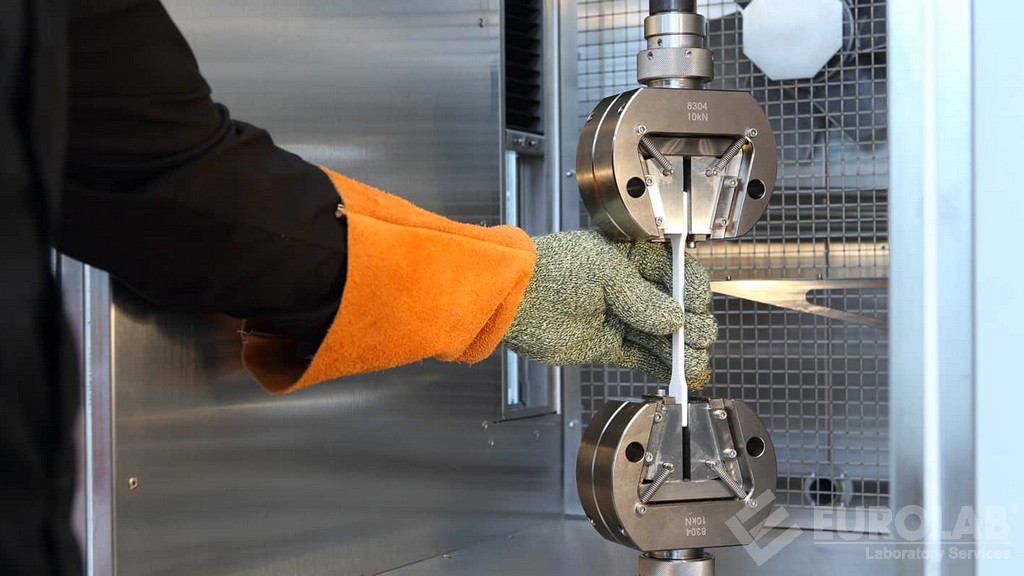Drag Reducing Agent Effectiveness Test
The Drag Reducing Agent (DRA) Effectiveness Test is a critical procedure in the oil and gas sector that evaluates the performance of DRAs used to reduce frictional losses within pipelines. This test is essential for ensuring efficient fluid flow, which can significantly impact the overall operational efficiency and cost-effectiveness of the production process.
DRAs are commonly used in oil and gas transportation systems to minimize turbulent flows, thereby reducing energy consumption required for pumping fluids through pipelines. The effectiveness of DRAs is measured by their ability to reduce shear stress between fluid layers, which translates into lower pressure drops across long pipeline stretches. This test helps quality managers and R&D engineers ensure that the chosen DRA meets industry standards and performs as expected in real-world conditions.
The test typically involves a series of steps where DRAs are added to a controlled flow system replicating actual pipeline conditions. The primary objective is to measure the reduction in pressure drop across a defined section of pipe, which can be directly attributed to the addition of the DRA. This process allows for the quantification of the drag reducing efficiency, expressed as a percentage reduction in frictional losses.
In order to conduct this test accurately, it is crucial that the flow system used closely mirrors real-world scenarios. This includes maintaining consistent temperature, pressure, and fluid properties such as viscosity and density. The accuracy of these parameters is vital for obtaining reliable results. The test apparatus should also be equipped with sensors capable of measuring velocity profiles and pressure differentials at various points along the pipeline.
Once the DRA has been added to the flow system, data collection begins by monitoring changes in pressure drop across a specific segment of pipe. This is done using high-precision instrumentation that can detect even minute variations in pressure readings. The test duration may vary depending on the volume of fluid being tested and the desired accuracy level.
The results obtained from this test are then used to determine whether the DRA meets specified performance criteria set by industry standards like ISO or ASTM. Compliance with these standards ensures that the DRAs are safe for use in oil and gas applications, promoting both efficiency and reliability throughout the production process.
Real-world usage notes indicate that proper selection of DRAs can lead to significant savings in operational costs by reducing the need for higher pumping rates. Additionally, effective DRAs help extend the lifespan of pipeline infrastructure by minimizing wear and tear due to turbulent flow conditions.
Scope and Methodology
| Parameter | Description |
|---|---|
| Flow Rate | Controlled at a specific rate to simulate real pipeline conditions. |
| Temperature | Maintained within specified limits to ensure accurate measurement of DRA performance. |
| Pressure Drop Measurement | Conducted using high-precision sensors positioned before and after the DRAs are introduced. |
| Fluid Properties | Monitored including viscosity, density, and type to ensure consistency with actual pipeline conditions. |
| Data Collection Duration | Varies based on the volume of fluid tested and required accuracy levels. |
The methodology for conducting a Drag Reducing Agent Effectiveness Test involves several key steps. Firstly, the flow system must be calibrated to ensure accurate measurement of all parameters involved in the test. Secondly, the DRA sample is prepared according to standard procedures and introduced into the pipeline at known intervals. Thirdly, data collection begins by monitoring changes in pressure drop across a specific segment of pipe using high-precision sensors.
Finally, once sufficient data has been collected, it is analyzed to determine the percentage reduction in frictional losses achieved through the use of DRAs. This analysis provides insights into the effectiveness of the DRA and helps guide decisions regarding its implementation in larger-scale operations.
Eurolab Advantages
At Eurolab, we offer comprehensive testing services tailored specifically to meet the needs of our clients operating within the oil and gas sector. Our state-of-the-art facilities provide unparalleled precision and reliability in conducting Drag Reducing Agent Effectiveness Tests.
We employ highly skilled technicians who are well-versed in industry best practices and adhering to stringent quality control measures during every stage of testing. This ensures that our clients receive accurate results they can trust when making important decisions about their DRA selection process.
Our advanced instrumentation allows us to capture detailed data points that would otherwise be difficult or impossible to achieve manually. By leveraging this technology, we are able to provide more precise measurements and deeper insights into the performance characteristics of DRAs under various conditions.
In addition to technical expertise, Eurolab also offers excellent customer service support throughout the entire testing process. From initial consultation through final report delivery, our team is committed to ensuring that each client receives personalized attention and guidance specific to their unique requirements.
International Acceptance and Recognition
The Drag Reducing Agent Effectiveness Test has gained widespread acceptance across the global oil and gas industry. This is due largely to its ability to provide objective, quantitative data regarding DRA performance that can be used universally by all stakeholders involved in pipeline design and operation.
Many international standards organizations, including ISO and ASTM, have recognized the importance of this test method and have included it as part of their respective guidelines for evaluating DRAs. Compliance with these standards is essential not only for ensuring safety but also for promoting best practices within the industry.
By adhering to globally accepted protocols, companies operating in different regions can ensure that their DRAs meet consistent quality levels regardless of location or regulatory environment. This consistency fosters trust among partners and clients while enhancing overall operational efficiency across diverse geographical areas.





